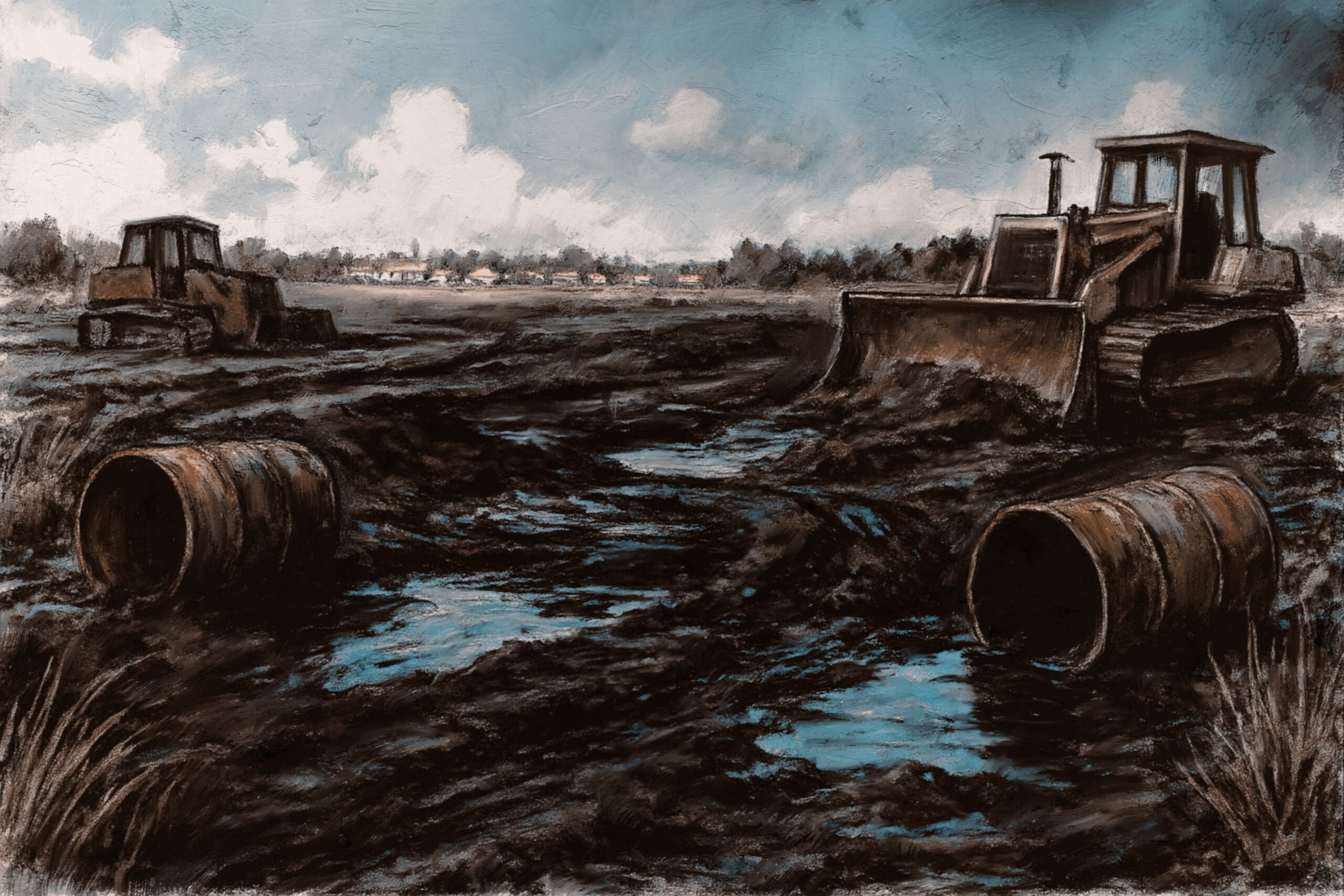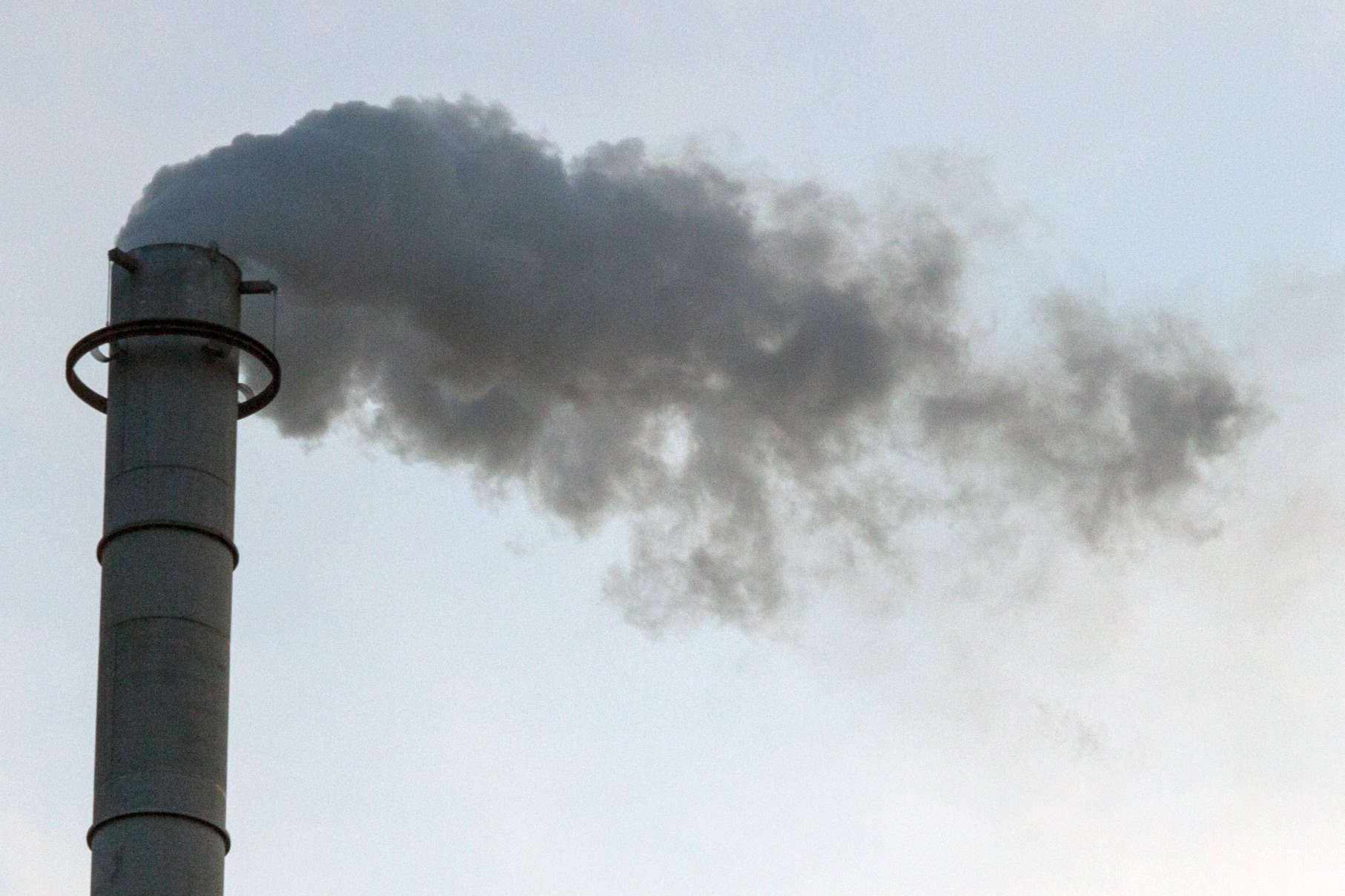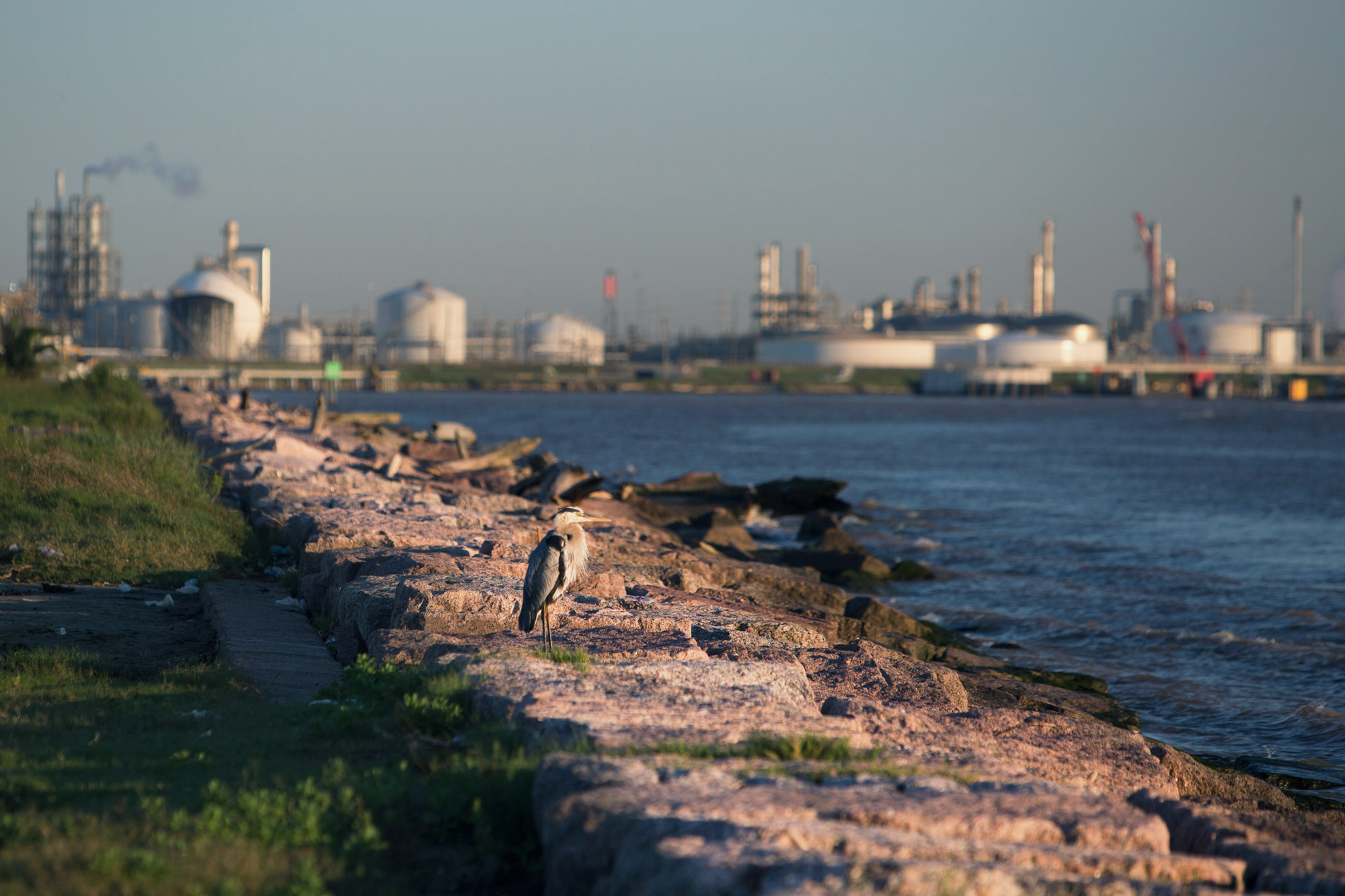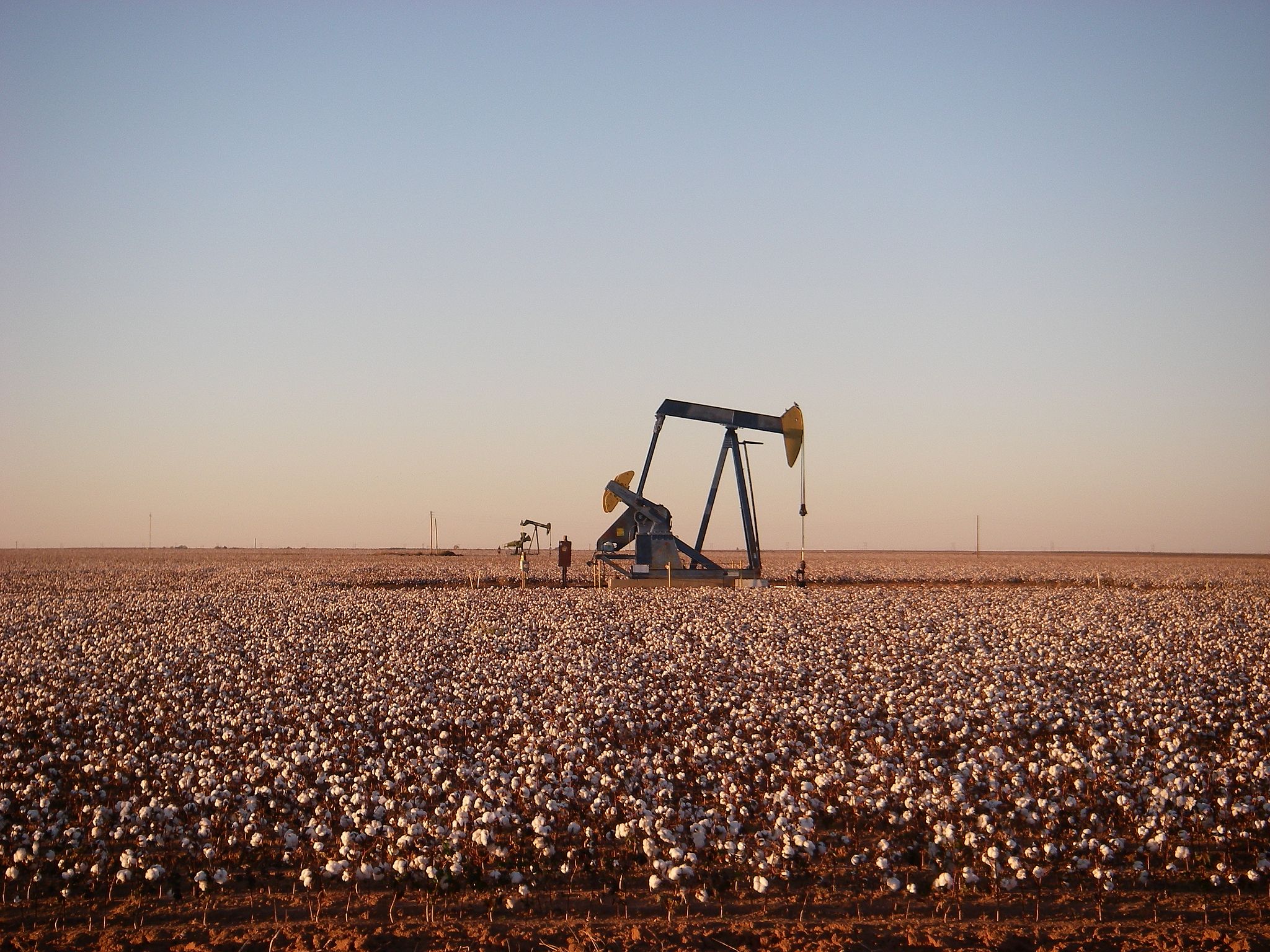
Illegal Air Pollution is Skyrocketing in Texas, But State Regulators are Ignoring Complaints
An environmental watchdog submitted evidence of dozens of violations, but the state’s environmental agency rarely followed up.

It’s no secret that in the Permian Basin, one of the world’s most productive oil and gas fields, pollution is everywhere. Industrial facilities burn off so much excess natural gas that you can see the flares from space. But as all that gas burns off, it releases thousands of pounds of invisible, hazardous air pollution. For years, the environmental advocacy group Earthworks has been trying to make that problem visible: Using thermal imaging, staff has captured hundreds of images of pollution pouring out of broken pipes, tank hatches, and flares. Yet state regulators have done little to address some of the most obvious violations.
Since 2015, Earthworks has sent the Texas Commission on Environmental Quality (TCEQ) documentation of more than 140 industrial emissions violations. It’s the agency’s job to investigate whether or not the evidence is proof of a violation, and whether or not to levy a fine or require repairs at the facility. However, only 17 of the complaints, or about one in every eight, that Earthworks filed led to any type of enforcement action by TCEQ or the Texas Railroad Commission, which also oversees oil and gas permits in the state. In 58 of those documented cases, TCEQ sent an inspector to the alleged violator but didn’t issue any citations, according to a new report from the environmental group. Most of the time, Earthworks never received a response from the agency at all.
In one case from 2017, Earthworks reported four separate occasions of venting and excess emissions at a drilling site called Man O’War in Reeves County. Public records obtained by Earthworks show that TCEQ didn’t assign an investigator to the complaint until three months later. On the very day that the TCEQ investigator eventually showed up at the site in Far West Texas, the plant had been shut down for repairs, and the agency reported no issues or violations at the facility. In several cases that Earthworks tracked, the agency never sent an inspector to the site of the violation.
TCEQ declined to comment on Earthworks’ report, but said that it evaluates all complaints that are received. According to a spokesperson, the agency responds to alleged violations by sending the facility an “air site visit questionnaire” to fill out and return. TCEQ also said it uses optical gas imaging to identify emissions, but that “images of emissions alone are not necessarily evidence of a violation.” Further investigation is necessary to determine the “type, quantity, and authorization status” of the emissions that Earthworks documented, the spokesperson said.
“They’re checking boxes and saying, ‘Yeah we got the complaint, we called the operator and asked them,’” said Nadia Steinzor, a lead author of the Earthworks report. “But they’re not really investigating.” If a facility happened to fix the broken equipment or unlit flares that Earthworks documented, and weeks later reported no issues to the agency through one of the questionnaires, it could be let off the hook for the alleged violations.
“We filed complaint after complaint with a very credible basis, and they were ignored,” Steinzor said. “We’ve really concluded that due to a lack of political will and a lack of resources, the state isn’t able to oversee this industry in a way that protects health and the climate.”
At the federal level, the Environmental Protection Agency (EPA) hasn’t been any more aggressive against industrial polluters. At the end of October, Earthworks joined ten other environmental groups to sue the EPA for its failure to update its air pollution standards for flares. The agency’s current regulation on industrial flares hasn’t been updated in nearly three decades, even though the scale of flaring and the technology to control and monitor pollutants has changed dramatically during that time.
“They’re checking boxes and saying, ‘Yeah we got the complaint, we called the operator and asked them. But they’re not really investigating.”
“EPA has admitted that flares operating under these outdated standards can release many times more toxic air pollutants into local communities than estimated. This can cause serious harm to public health,” said Adam Kron, an attorney with the Environmental Integrity Project which joined the lawsuit. Oil and gas facilities in West Texas oil fields release chemicals like nitrous oxides and volatile organic compounds that can irritate the nervous and respiratory system, as well as carcinogens like benzene.
Environment Texas, another group involved in the lawsuit, released a report last month that showed that every day last year, at least one industrial facility violated its permit—yet hardly any facilities were fined by either TCEQ or the EPA. Illegal air pollution nearly tripled in Texas between 2017 and 2019, according to the group.
During the pandemic, the cost of that pollution is higher than ever: This spring, TCEQ relaxed its air pollution enforcement at oil and gas facilities across the state, even though the pollution produced at these facilities has made COVID-19 more dangerous in neighboring communities. A recent Harvard study suggests that someone who lives in a county with high levels of particulate matter pollution, which is released by cars and refineries, among other sources, is 8 percent more likely to die from COVID-19 than someone in a county with cleaner air.
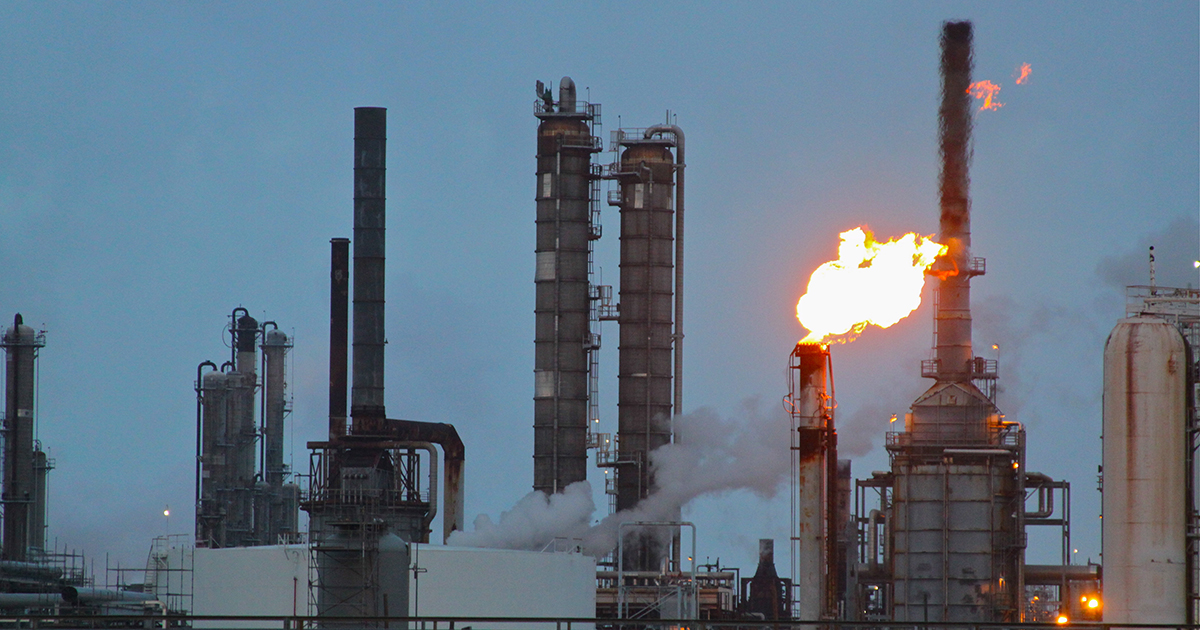
Local governments have few tools at their disposal to enforce environmental regulations independent of TCEQ. Harris County, which has the largest concentration of petrochemical plants in the nation, is better poised than most to do so: The county attorney’s office runs a dedicated environmental crimes unit, and a new partnership between the county and the City of Houston will help increase air monitoring at the local level.
“The state has not been efficient at deploying any kind of air monitoring equipment, so the city and county have really had to step up and try to address that gap,” said Elena Craft, a senior director at the Environmental Defense Fund, which helped facilitate the partnership. “There’s not enough [monitoring] to determine the extent of some of these threats.”
But over the past few years, the state has limited local governments’ ability to levy fines or seek civil or criminal penalties against violators. In 2007, Houston created its own version of the Texas Clean Air Act: if the TCEQ wasn’t going to enforce state regulations, the city would go it alone. That local ordinance was struck down by the Texas Supreme Court in 2016 after a prolonged legal fight. The next year, lest local governments come up with any new ideas to circumvent TCEQ, the Legislature passed a law that allowed TCEQ and the attorney general’s office to intervene in any civil suits that local authorities brought against polluters. If either agency stepped in within 90 days, the local authority could no longer seek any type of civil penalty. Lawmakers had already capped the damages that local governments could seek in civil suits in 2015.
In the meantime, as Texas’ oil and gas production started to rival that of countries like Saudi Arabia, the state Legislature slashed TCEQ’s budget by more than a third in the last decade or so. Texans who breathe in polluted air day in and day out, it seems, have far fewer advocates in state government than the facilities that may be harming their health.
Read more from the Observer:
-
José Garza Redefines ‘Progressive Prosecutor’: José Garza represents a new wave of reform-minded DAs who want to end the war on drugs and prosecute police officers who kill.
-
A New Dallas Production Company Is Bringing Queer Horror to the Fore: Brock Cravy has had a long career working on LGBTQ2+ film and television in Texas. Now, he’s making his own rules.
-
How Texas Jails Avoid Investigations of Inmate Deaths: Every Texas jail death is supposed to be investigated. But a recent case shows how facilities skirt the law and avoid scrutiny.
